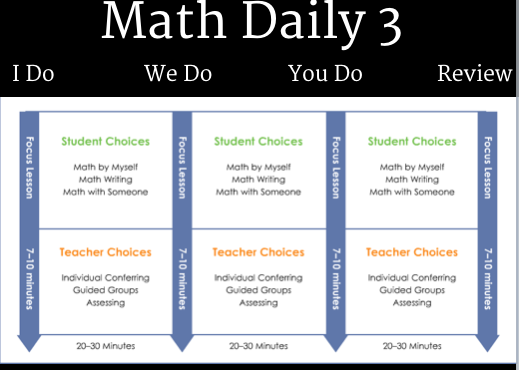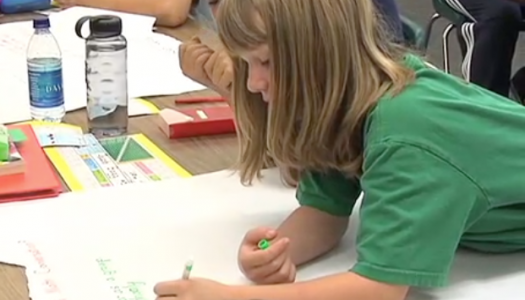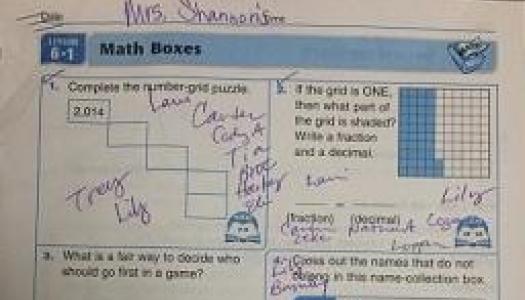Grouping Students in Math: Support Missing Concepts and Meet Advanced Student Needs
Join Our Community
Access this resource now. Get up to three resources every month for free.
Choose from thousands of articles, lessons, guides, videos, and printables.
We know student growth comes in spurts and stops, with no two children progressing at the same rate. This holds true  for everything students learn—language, reading, writing, and math. Regardless of children's grades or ages, all teachers find themselves working with students who may not grasp the concept being taught because they are missing some of the vital foundations of mathematical understanding. Likewise, we encounter students who have an advanced set of foundational skills, which provide the background and understanding necessary to have already surpassed a math concept or skill being taught. These challenges are actually what led to our development of Math Daily 3.
for everything students learn—language, reading, writing, and math. Regardless of children's grades or ages, all teachers find themselves working with students who may not grasp the concept being taught because they are missing some of the vital foundations of mathematical understanding. Likewise, we encounter students who have an advanced set of foundational skills, which provide the background and understanding necessary to have already surpassed a math concept or skill being taught. These challenges are actually what led to our development of Math Daily 3.
Given the variety of students in all classrooms, we can't meet the range of needs by teaching only whole-group lessons. As with literacy, when we are able to meet with individuals and small groups, we are much more effective at meeting students where they are and moving them forward. That said, there are many different ways to decide how to group students most effectively for focused, small-group math instruction.
This article provides you with ideas for how to identify and group students who need more support with the concept just introduced. It also gives you suggestions for how to anticipate students who already possess the knowledge of an upcoming math unit of study as well as how to see if children are holding on to concepts already taught and grouping students who may need a review.
What about children who are missing foundational mathematical building blocks? How do we find the time to catch them up as well as meet the needs of advanced students who are ready for more? During the math block as shown above, after the first focus lesson, we let the students know which oes we'll be working with. The rest of the class checks in with their Math Daily 3 choice (see the top of the first white section). The student or students I meet with are typically those who need extra instruction and practice to fill in missing pieces of their mathematical foundation.
A wonderful resource I use to help me discern what the students are missing comes from the work of John Van de Walle, who also supplies instruction and activities to support their growth. He has a series of books focusing on different grade spans that have been invaluable in my work with struggling and flourishing math students. e books span different levels:
After the second focus lesson, the next small group I work with is often the group that is advanced beyond the math concepts I am teaching. Again I stand on the shoulders of John Van de Walle to help me know how to move these students forward.
Lastly, after the third focus lesson, I meet with the students who I have observed may need a bit more support or time with the day's instruction.
In all my years of teaching, I have always wanted to be able to support students in their wide variety of needs. At last I see kids making progress like never before.







